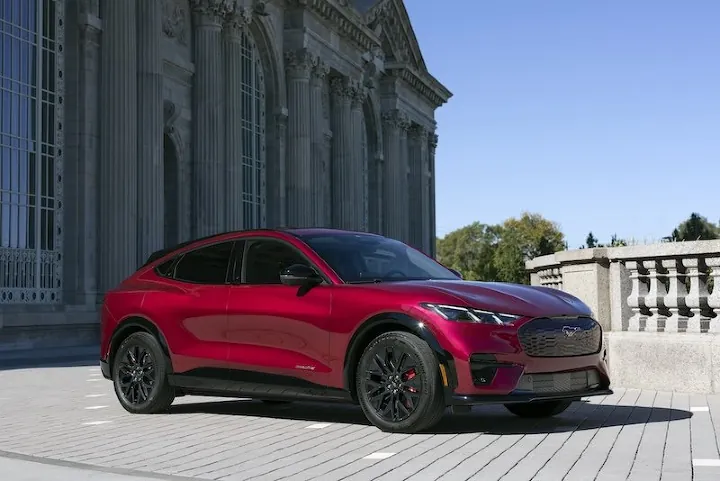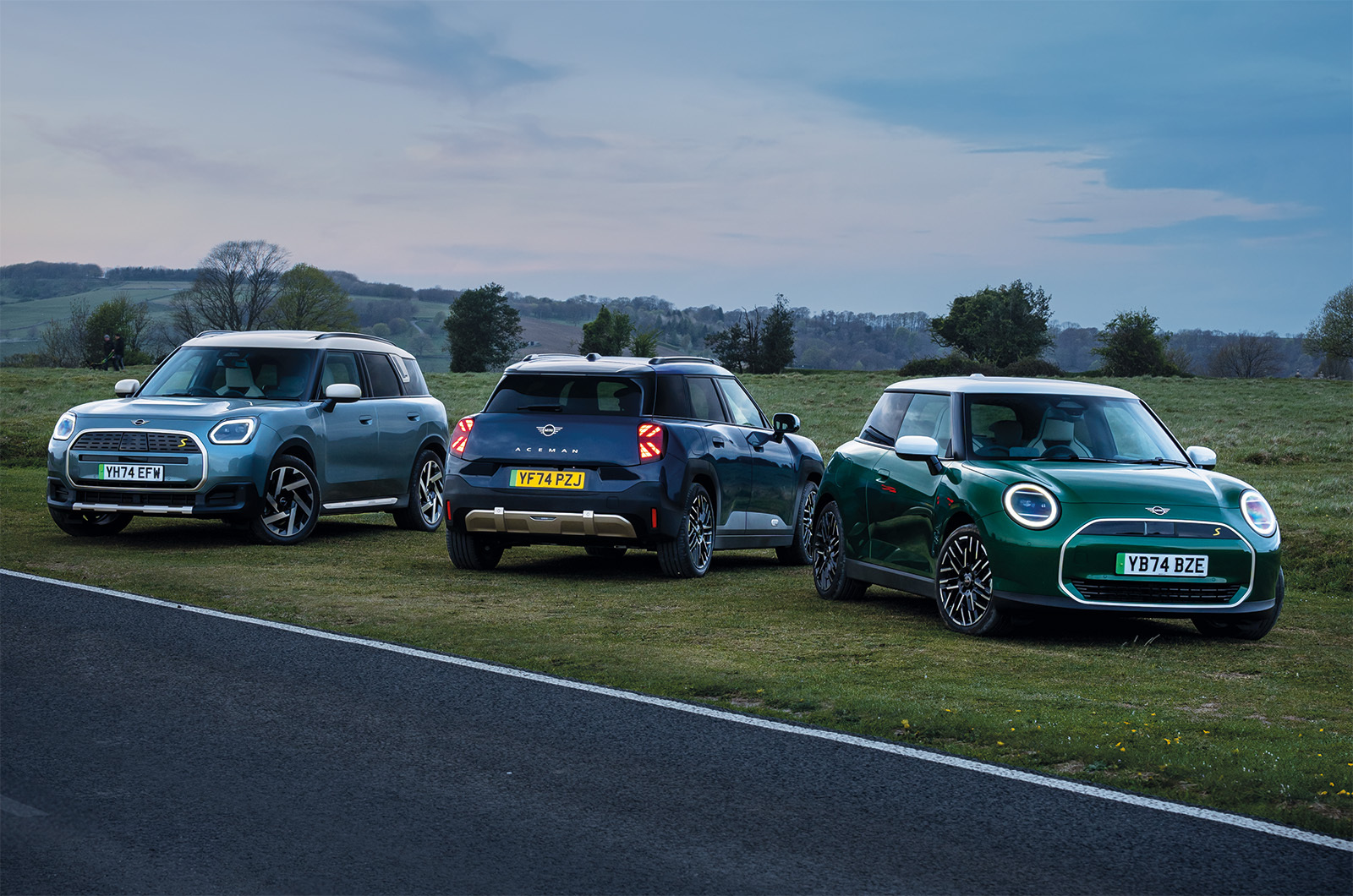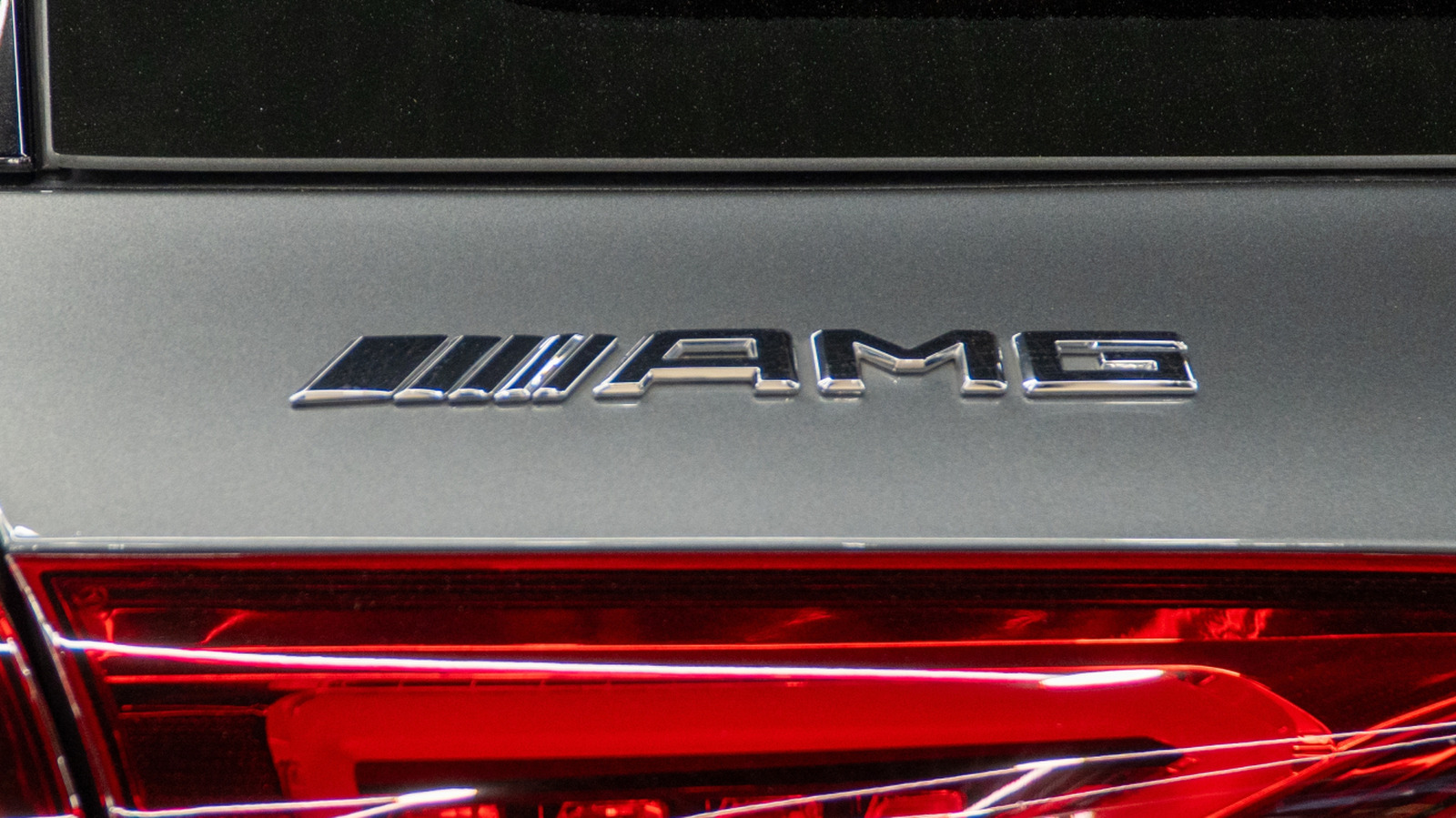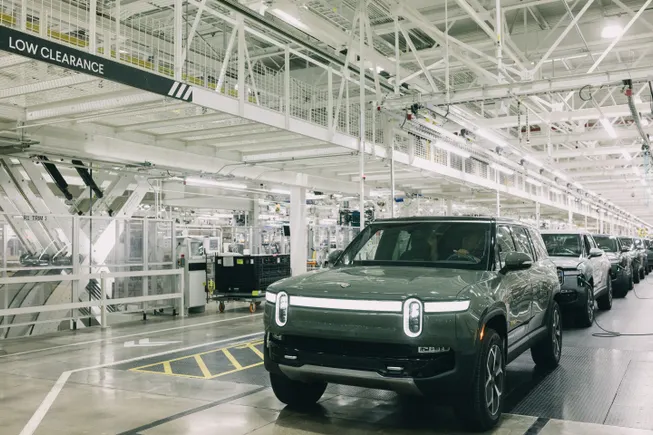Washington and Oregon are generating excitement aplenty for their quality, but still have to find their place on a crowded global stage. Michael Huband finds out how key players in the states are making their claim for a piece of the action.

When thinking of the wines of the USA, it is common for consumers to think purely of California. In terms of production, you can understand the reasoning. Like Marlborough in New Zealand or Mendoza in Argentina, Californian wineries produce
the lion’s share of wine in the USA – around 81%.
Yet California has no monopoly on quality in the US. Nor does it hold all the excitement and energy of the US industry, as even its stalwarts show some caution over the trajectory of its development.
For plenty of energy, one could look to the Pacific Northwest. As a delegation of producers and experts recently extolled in London, the two states of Washington and Oregon (the country’s third and fourth largest states by production respectively) have made quality and excitement central to their brand.
Granted, it is a biased sample. These winemakers and advocates were hardly likely to slate their home regions. Yet their enthusiasm says a lot about the regions’ strengths and, just below the surface, the complexities of getting the world to pay attention.
Discoveries to be made
“We have to realise, and the world has to realise, that we are infants when it comes to the world of wine,” commented Chris Stone, deputy director of marketing and communications at the Washington State Wine Commission. “So we have to be patient enough to let the land speak to us and tell us what this piece of land, this AVA can be known for. And we’re starting to see that already.”
Although the two states are keen to set out their stalls separately, an emphasis on discovery is key to both. That is evident beyond the world of wines – venture beyond the coffee shops of Seattle and Portland and these are rugged terrains that still offer surprises. Hence winemakers are still discovering their potential.
Moreover, in states without strict regulation, producers are able to experiment. “There are no rules,” said Stone. “Just because you’re in this AVA, that doesn’t mean you can’t experiment with planting whatever you want.”
In Washington, producers are taking that to heart. Although it is best known for Cabernet Sauvignon – accounting for around 30% of production – many producers are keen to make wines that go beyond consumer expectations.
They range from Chenin Blanc, which is getting a boost from Washington’s largest producer, to Blaufränkisch, often planted under the name Lemberger. It has also welcomed a growing cabal of traditional method sparkling wine producers, often enticed by the freedom to define a style.
In Oregon, the varietal landscape is rather more uniform: Pinot Noir accounts for 57% of plantings, with Pinot Gris a distant second at 14%. However, there is still space for experimentation.
Bree Stock MW, owner of Limited Addition Wines in the Willamette Valley, has planted niche varieties such as Mencia and Godello, inspired by terroir similarities between Galicia and her vineyards. She has also planted unusual reds, such as Trousseau and Cabernet Dorsa, all part of what she described at the tasting as “expanding that Burgundian conversation”.
Moreover, experimentation need not be limited to varieties. In Oregon, extensive research has finessed winemaker understanding of rootstocks and their advantages. “I think the experimentation really comes from what rootstocks are going to be best as we turn to the future and climate issues,” explained Gina Bianco, executive director of the Oregon Wine Board.
The pursuit of quality
Yet amid the experimentation, there is no concession in the output. Margaret Bray, international programming director, marketing & export at the Oregon Wine Board, summarised the sentiment of the entire event: “We can’t ignore that the most important thing to both states is quality. We’re premium wine regions.”
At Chateau Ste. Michelle, Washington’s largest producer, Cabernet Sauvignon is proof of Washington’s potential. Its old vine single vineyards, such as Cold Creek, offer reds with fresh acidity, moderate alcohol (often around 13.5% ABV) and elegance that, according to export sales manager Craig Mitchell, leans towards the European style.
It is a compelling package, made all the better by relatively low prices for a fine wine. “If you want bang for your buck and value for money,” he advised, “go to Washington every day.”
In Oregon, the flagship variety is likewise central to the quality proposition. Eugenia Keegan, a legend not just in Oregon, but also in California and France, remarked on its centrality: “It’s all about Pinot Noir. It’s what brought us to the party.” Now a vice president of Jackson Family Wines, she has helped push for quality at renowned estates such as Gran Moraine and Willakenzie Estate.
Quality is not just restricted to flagship styles, however. Jennifer Williams-Bulkeley, for instance, highlighted Grüner Veltliner’s potential in Washington, praising the state’s varietal wines that combine its zesty DNA with density from the terroir.
Keegan, meanwhile, looks ahead to the potential of "extraordinary" Oregon Chardonnay. “I think that’s going to be the next Oregon discovery,” she commented. “They give you everything you could want, but they’re so elegant and restrained.”
Given that compelling combination of newness and high standards, perhaps the best summary of Oregon (though it could equally apply to Washington) came from Stock: “It’s a very high quality region that’s still being underimagined.”
The elephant in the room (and to the south)
The quality is evident from the winemakers and – in this writer’s opinion – the wines on show. And certainly there is an excitement about the potential of the two states. Yet there was one question mark over the day’s showcase: how do you articulate these values to consumers?
In particular, how do you stand out as a smaller region? It is particularly pressing when a well known wine behemoth with a distinct identity sits to the south of Oregon.
California comfortably dwarfs the two states in its production. It has therefore become the reference point for US styles, particularly when it covers key varieties such as Cabernet Sauvignon, Chardonnay and Pinot Noir in abundance.
It creates an intricate tension that many in the room knew well. California is too influential to ignore, and other regions can piggyback its success. Yet if you rely too much on the comparison, your identity becomes what you are not, rather than what you are. It is therefore a tough balance to strike between acknowledging California and charting your own path.
The rough consensus, speaking to those visiting London, seems to be on honesty. There was little appetite to deny the presence of California, instead admitting that, in all aspects, it will have some effect on these two other states’ fortunes.
California brings competition, certainly. In particular, those who were showcasing their Cabernet Sauvignon seemed acutely aware that it will likely be compared to Napa Valley benchmarks. Yet that can also shine attention on US wine in its entirety. For emergent regions, that can be a great boon. “We’re here because of California,” commented Bray. “They have been great partners.”
Stone, meanwhile, referenced an anecdotal impression he had received from visitors: Washington feels like Napa Valley did in the 1960s. The opportunity and small scale is attracting both tourists and winemakers, with cheaper land values meaning vignerons can do things in Washington and Oregon that are prohibitively expensive in famed Californian sites.
Much is made of the international investment into these states; this is especially true in Oregon, where Burgundian producers have been investing since the 1980s. Yet Californian producers are also investing their money in Washington and Oregon, while
universities and research institutions across all three states are used to working together.
It can be tempting to think of neighbouring regions as adversaries, but in fact the closest analogy might be one large family. For all the friendly competition, and although each has a distinct identity, the West Coast states are more than happy to help each other based on their individual strengths.
In short, given its relative size, if California is paying attention, that likely means that Oregon and Washington have strong potential. “We welcome it,” said Stone. “We see that as absolute validation that this is a world-class region.”
Charting a course forward
That humble confidence was, in fact, a hallmark of the day’s conversations. No-one seemed to have delusions of grandeur that either state would soon be a behemoth on the world stage any time soon. Yet all the producers present were brimming with excitement: here was a chance to show the world what they could really do.
In fact the UK offers a prime opportunity for them. Being grounded in a European tradition, it can be easier for producers to set out their stalls without comparisons to California. Instead, it is often the French regions that provide reference points: Bordeaux, Burgundy and the Rhône, for instance. The mix of European ideas and American winemaking provides a very clear USP for the market.
Moreover, with its reputation for fine dining, London is a great shop window for the wines. An appeal, Bray commented, was that producers could see their bottles on wine lists rubbing shoulders with long-established greats. It is the kind of validation that, as they move from unsung regions to more prominent players, both states could use.
Ultimately, the position seems to be that Washington and Oregon will not soon be superpowers, but they have the quality and drive to grow their influence significantly and stand among the greats.
“We’re passionate about making the best wine that we possibly can do,” concluded Bray, “and we want to be a part of your toolkit.”

 When thinking of the wines of the USA, it is common for consumers to think purely of California. In terms of production, you can understand the reasoning. Like Marlborough in New Zealand or Mendoza in Argentina, Californian wineries produce the lion’s share of wine in the USA – around 81%.
Yet California has no monopoly on quality in the US. Nor does it hold all the excitement and energy of the US industry, as even its stalwarts show some caution over the trajectory of its development.
For plenty of energy, one could look to the Pacific Northwest. As a delegation of producers and experts recently extolled in London, the two states of Washington and Oregon (the country’s third and fourth largest states by production respectively) have made quality and excitement central to their brand.
Granted, it is a biased sample. These winemakers and advocates were hardly likely to slate their home regions. Yet their enthusiasm says a lot about the regions’ strengths and, just below the surface, the complexities of getting the world to pay attention.
When thinking of the wines of the USA, it is common for consumers to think purely of California. In terms of production, you can understand the reasoning. Like Marlborough in New Zealand or Mendoza in Argentina, Californian wineries produce the lion’s share of wine in the USA – around 81%.
Yet California has no monopoly on quality in the US. Nor does it hold all the excitement and energy of the US industry, as even its stalwarts show some caution over the trajectory of its development.
For plenty of energy, one could look to the Pacific Northwest. As a delegation of producers and experts recently extolled in London, the two states of Washington and Oregon (the country’s third and fourth largest states by production respectively) have made quality and excitement central to their brand.
Granted, it is a biased sample. These winemakers and advocates were hardly likely to slate their home regions. Yet their enthusiasm says a lot about the regions’ strengths and, just below the surface, the complexities of getting the world to pay attention.













































































































































